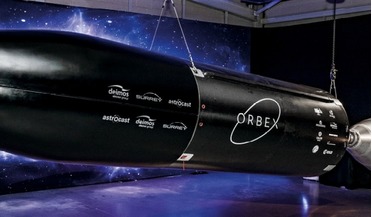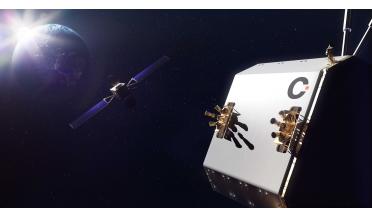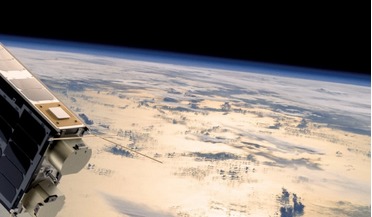 April 2019
Building the UK’s first spaceport
April 2019
Building the UK’s first spaceport
...than those in high orbits, such as geostationary orbit (GEO), creating a strong ongoing demand for upgrade and replenishment.... small (only a few hundred kg) compared to traditional GEO communication satellites at several tonnes, but many still exceed ...
 July 2019
Aggression in outer space – time for action
July 2019
Aggression in outer space – time for action
... (LEO) and, more recently, in geostationary orbit (GEO), which point to testing of rendezvous operations or inspection objectives.... Meanwhile, inspection activities are also conducted in GEO by pairs of Geosynchronous Space Situational Awareness Program ...
 September 2023
Getting a grip on space sustainability and space debris
September 2023
Getting a grip on space sustainability and space debris
... (LEO), where we find Earth observation satellites and the new broadband range of satellites, is quite a small shell of geo-spatial area and the same is true of medium orbits, where GPS satellites operate, and higher geosynchronous...
 24 February 2025
Sustainability plan for boosting spacecraft longevity
24 February 2025
Sustainability plan for boosting spacecraft longevity
ClearSpace has taken a bold step towards sustainable space practices by initiating the consolidation phase of its new GEO Life Extension Mission. Backed by the Luxembourg government through an ESA contract under the Luxembourg National Space ...
 February 2019
The Space Elevator – an alternative path to space?
February 2019
The Space Elevator – an alternative path to space?
...energy of rockets in LEO while it climbs on the tether to GEO. The power on a Space Elevator is substantially lower than on ... km/h, for five to seven days travel from surface to GEO. Slower housekeeping, e.g., due to slower climbers or other processes...
 January 2020
Satellite-based IoT - the race is on
January 2020
Satellite-based IoT - the race is on
... of power is emitted in unwanted directions, increasing the possibility of interference with other satellites, such as those in GEO. To protect GEO satellites from NGSO satellites’ interference the ITU established EPFD (Equivalent Power Flux Density...